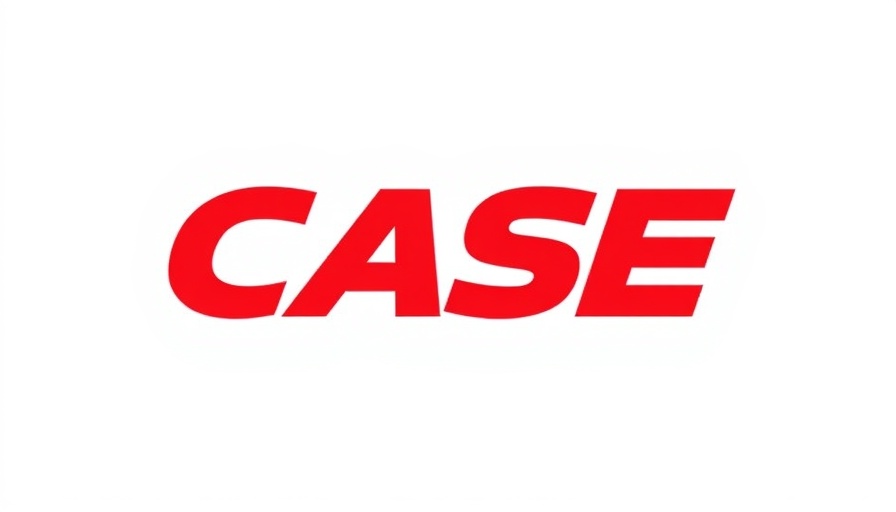
Understanding Cookie Stuffing in Affiliate Marketing
In the ever-evolving world of affiliate marketing, cookie stuffing has emerged as a critical concern. For business owners and marketers, comprehending cookie stuffing and its implications is essential for maintaining the integrity of marketing programs and protecting their revenues.
What is Cookie Stuffing?
Cookie stuffing refers to the unethical practice where a marketer places multiple cookies on a user's browser without their knowledge. This often leads to inflated affiliate commission claims when the user clicks through to affiliated products or services later. Understanding this phenomenon is crucial in safeguarding your marketing strategy.
The Impact of Cookie Stuffing on Affiliate Programs
The repercussions of cookie stuffing can be severe. It not only results in financial losses for businesses but can also damage relationships with legitimate affiliates. Moreover, it raises ethical questions about user consent and transparency in digital marketing. When businesses suffer from cookie stuffing, their overall marketing ROI diminishes, leading to a loss of trust and credibility.
How to Detect Cookie Stuffing
Detecting cookie stuffing can be complex, but there are ways to identify unusual patterns in data reporting. Look for sudden spikes in traffic and sales from sources that don’t match normal behavior. Using analytics and data reporting tools can help pinpoint discrepancies in your affiliate performance metrics.
Preventive Measures Against Cookie Stuffing
Taking proactive steps to prevent cookie stuffing is essential. Implementing strategies like monitoring affiliate activity closely can aid in identifying potential stuffing incidents early. Moreover, clearly defining terms in affiliate agreements can deter unethical practices. Setting up robust analytics to track user interactions also plays a crucial role in detecting irregular activity.
Protecting Your Marketing Program
Businesses must adopt a multifaceted approach to protect their marketing programs from cookie stuffing. Engage with affiliate partners to foster open communication about acceptable practices and encourage transparency. Additionally, leveraging digital marketing tools to monitor performance and analyze data can assist in upholding integrity across your affiliate network.
Future Trends in Affiliate Marketing
The landscape of affiliate marketing is continually evolving. As technology advances, new preventative tools and techniques are emerging. Businesses that adapt and embrace these tools will not only safeguard their Affiliate Marketing programs but will also position themselves competitively in the digital marketing arena.
Final Thoughts
Understanding cookie stuffing and its implications is crucial for every marketer and business owner in today’s digital age. By taking proactive measures and staying informed on best practices and tools available, businesses can shield themselves from the damaging effects of cookie stuffing and ensure their affiliate marketing strategies remain effective and trustworthy.
For those eager to enhance their knowledge on digital marketing, stay updated with the latest digital marketing news and trends, ensuring effective and ethical practices in your affiliate activities.
 Add Row
Add Row  Add
Add 




Write A Comment